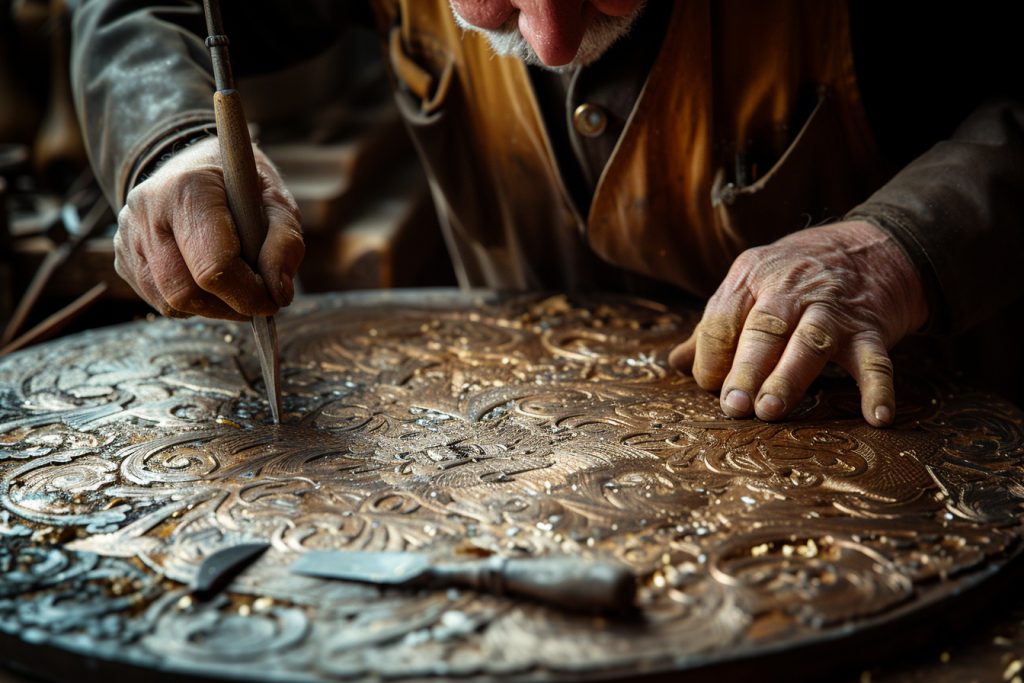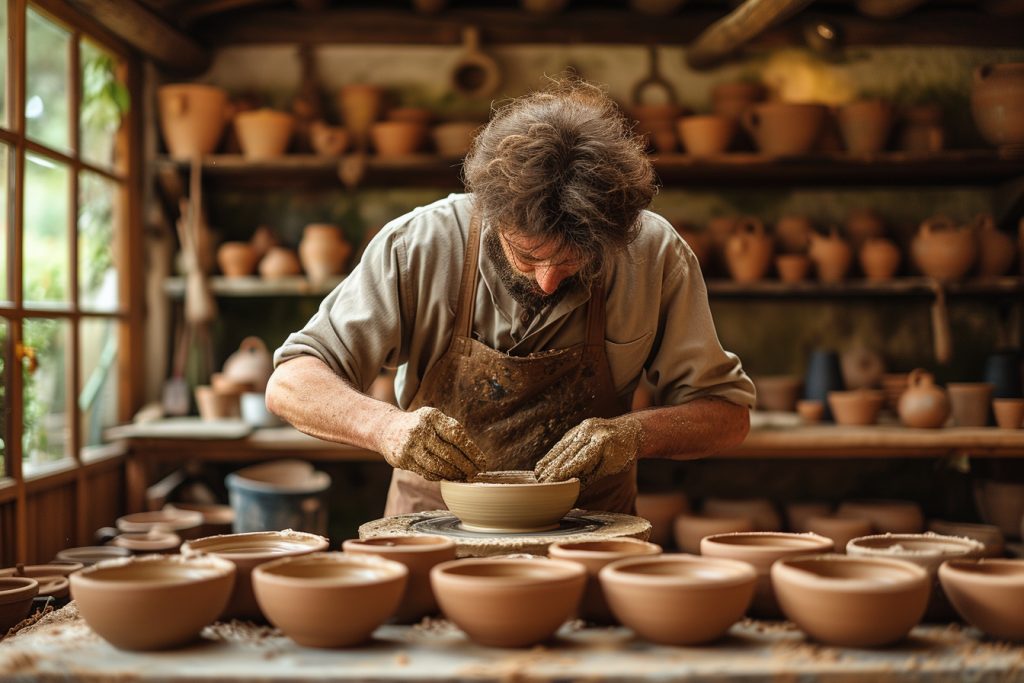Porcelain painting is an intricate art form that requires precision, patience, and a deep understanding of materials and techniques. The beauty of porcelain painting lies in its ability to transform a simple ceramic piece into a stunning work of art. This guide will take you through the step-by-step techniques to create your porcelain masterpiece.
Getting started with the basics
Before delving into the nuanced world of porcelain painting, it’s vital to equip oneself with the proper materials and understand the fundamental processes involved.
Materials you’ll need
Porcelain Piece: Choose a high-quality, smooth porcelain item as your canvas.
Porcelain Paints: Specialized paints that will adhere to the ceramic surface and withstand the firing process are essential.
Paint Brushes: A variety of brushes are necessary for different effects – fine-tipped for detailed work and broader brushes for washes.
Palette: To mix and thin your paints, depending on the desired effect.
Cleaner: An alcohol-based cleaner will ensure a grease-free surface to paint on.
Clear Glaze: A final glaze can enhance the durability and shine of your piece.
Preparing your porcelain
A clean porcelain surface is the cornerstone of a successful painting. Begin by thoroughly washing your piece with warm, soapy water. After drying, wipe the piece down with an alcohol-based cleaner to remove any residual grease or fingerprints. This step ensures that the paints adhere properly to the porcelain surface.
Design and planning
Sketch Your Design: Brainstorm your design concept and sketch it out on paper. This blueprint will serve as a reference when you transfer the design to porcelain.
Transfer to Porcelain: There are various techniques for transferring your sketch to the porcelain surface. You can use transfer paper, graphite, or a water-based marking pen. Transfer the sketch lightly, as heavy lines can show through the paint.
Mixing porcelain paints
Consistency is key
The consistency of porcelain paint is a critical factor in determining the outcome of your design. The paint should be thin enough to flow smoothly but not so thin that it becomes translucent.
Creating Washes: To create a wash effect, dilute the paint with a medium designed for this purpose. A wash can provide a delicate, transparent layer of color.
Mixing Colors: The true art of color mixing comes with practice. Experiment with different combinations to achieve the hues you desire. Remember, the color might change slightly after firing, so make adjustments accordingly.
Paint application techniques
layering
Working in layers is a prominent technique in porcelain painting. Allow each layer to dry before adding another on top. This method can produce depth and richness to your piece.
stippling
Stippling involves creating a texture or shading effect by using a brush to apply small dots of paint. The concentration of the dots can create variations in shading, giving your piece a sense of dimension.
Linear work
Fine lines can add detail and definition. Use a thin, pointed brush, and ensure your paint is thick enough to stay where you place it, yet fluid enough to draw a smooth line.
Gradients and blending
To achieve a gradient effect, blend two colors while they are still wet on the porcelain surface. Using a soft brush, gently feather the colors into each other for a seamless transition.
The firing process
Understanding the kiln
The firing process solidifies your artwork and brings out the vibrancy of the paints. Porcelain is typically fired at temperatures ranging from 1,200 to 1,450 degrees Celsius (2,192 to 2,642 degrees Fahrenheit).
First firing: bisque firing
Your piece should undergo an initial firing before you start painting, known as bisque firing. This stage prepares the porcelain for the painting process.
Final firing: glaze firing
After painting your design and allowing it to dry thoroughly, the glazed porcelain piece is fired in the kiln. This final step fuses the paint to the porcelain, ensuring durability and the bright, shiny finish that porcelain is known for.
After firing: evaluating your piece
Inspect your piece after it cools. The colors should be vivid, and your design should have a glossy finish. If any areas need touch-ups or additional color depth, you can apply more paint and refire the piece as needed.
Maintenance and care
Once your porcelain artwork is complete, it’s crucial to care for it properly. Avoid abrasive cleaners which can damage the surface of the painted porcelain. For general cleaning, a damp cloth with mild soap is recommended.
By taking time with each step and developing your technique, you can create porcelain paintings that are refined, durable, and truly beautiful. Each creation is a result of meticulous attention to detail and an appreciation for the delicate canvas that porcelain provides.
Painting on porcelain is an exercise in patience and skill, presenting artists with a unique medium that challenges their precision and rewards them with outstanding aesthetic results. With the right approach, porcelain painting can be an immensely satisfying craft, producing heirlooms that stand the test of time and bring beauty into the world. Through continuous practice and exploration of new techniques, the possibilities in porcelain painting are limitless. Whether you strive for subtle elegance or bold expression, mastering these techniques will elevate your craft to new heights.








